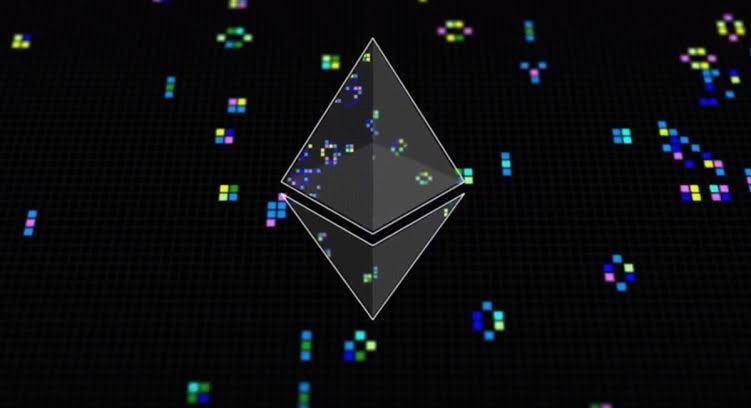Maximal Extractable Value (MEV) : The hidden Tax.

MEV is an acronym for Miners extractible value or Maximal extractible value it is referred to as the value or money miners made by randomly excluding, including, and reordering transactions in any blockchain network they are able to mine, it is the hidden tax on users of a blockchain by miners, validators or sequences. it is essential to note that for proof of stake blockchain MEV can be called a proposal extractible value.

In order to fully understand MEV we will have a go back and look at how blockchain operates, as the name implies, blockchain is a chain of blocks with each chain connecting to one another. and each block is unique in its own way and every transaction made visibly document to everyone.
When transactions are still pending, they are held in mempool, and while in the mempool the miners select few of the transaction to be organize into blocks and not all the transaction made it into a block because of them are limited in space and only limited number of the transaction can be contain in a block.
Who are miners?
They are a group of network participants whose responsibility are validating transaction on the blockchain and securing the networks. the miners select, organise and aggregate transaction into blocks, they made the decision on which transaction gets and added into blocks and miners are known to place priority on transaction with higher fees, MEV is not only available to on proof of work but also proof sf stake blockchains. MEV plays a huge role in decentralised exchange such as uniswap in form of arbitrage.
Mechanism of Operation.

This is how miners operates, when a large trade has caused the price slippage for example if there is $5000 arbitrage opportunity available on a transaction the bots noticed this opportunity and therefore submits a transaction capture and offering a $15 miners fee to the miner, in cases like this any of these can happen, a miner will copy and censor the arbitrage transaction so they can capture the opportunity themselves or other bot may get a hold the transaction and starts a bidding war by bidding a higher transaction fee for the right to capture the arbitrage causing a priority gas auction resulting in to a $5000 profit for the miner if they submit the transaction before the bots, if a miner is unable to capture the transaction a pga occurs and a difference between the price of the auction and the total value of the MEV available is the winning traders profit. therefore a $4000 fee is paid to the miner and $1000 is left to the trader. this is a clear indication that traders are hurt the most as miners are incentiviced to reorder transaction that pays them the most.
The different forms of MEV attack.

Front-running, this occurs when miner reorder a transaction to be first in even though there are other transaction ahead of it. next is Back-running here a transaction is reordered to be second in line immediately after a transaction at the expense of the rightly positioned transaction, and there is the time bandit attack and only miners ae able to set this in motion by reorganising blocks to capture MEV in previously mined blocks.
Problem caused by MEVs
MEV is a hidden tax on users of a blockchain that miners profit from at the expense of users such as increase in gas fees and it may not occur to users until the transaction is complete. MEV can give value to participant but times it can be seen as stealing ass it may be lucrative for miners while investors bear the brunt of it. When a reward is higher for miners they get carried away by the profit act only for their personal gain and such act will not be beneficial to the system as ao whole thereby undermining the blockchain fundamental (decentralisation).
Proposed solution.
Solving MEV situation is beginning to be perceived as impossible because as long as blockchain allows a player the ability to reorder transaction, there will be a MEV extraction opportunity, many have tried solving it by creating a new protocol that reorder transaction in a more fairer way also some people believe by encrypting transaction while in the mempool can be a solution as transaction is only decrypted when it is ready to be added to the blockchain.